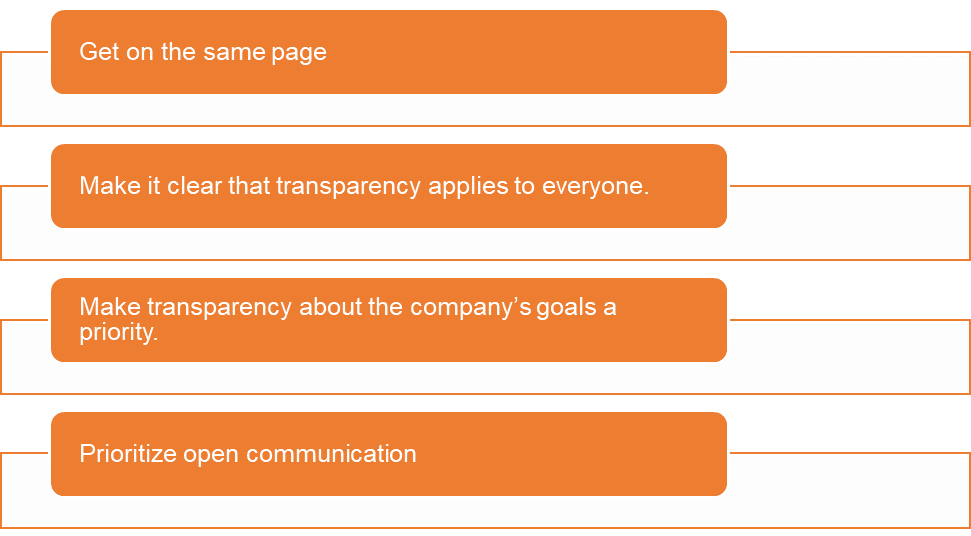Trust and Transparency: The Principles of a Great Workplace
Trust and transparency in the workplace have moved from aspiration to expectation almost overnight. And as technology continues to disrupt, unprecedented access to data and information brings increasing ethical challenges for organizations to manage. Some of you may already have experienced working in a workplace where people are unreliable, disengaged, disloyal or uncommunicative. If so, you know how hard it is to strive and be successful within such a working environment.
This lack of trust is likely due to a lack of transparency in the workplace. Transparent leadership is the key to fostering a culture of trust between leaders and their employees. It’s time to be transparent by communicating less over email and third-party communication, and become more personally engaged with their employees via face-to-face and/or video interaction with greater frequency.
Don’t let your team wonder “Why is it we’re doing this?” or wake up to a new policy about fingerprint timesheets being instituted overnight. Let them know you respect and value them by being clear on where the company is going, how it’s performing and what you’re planning next. Employees who are kept in the loop and understand their role in the overarching purpose and goals of the company are, understandably, more likely to put their trust in their employer.
These four principles can be applied in any company, regardless of its size or its industry.

Protect your people, but in the right way!
By all means, do what you need to do so that your workforce is well cared for. Invest in your workers’ wellbeing. Emphasise the importance of rest for quality work. Encourage employees to manage stress, and nurture wholesome interpersonal relations in the office. Try to look for ways to empower your workforce. Give them control over their work hours. Offer them the possibility of telecommuting. Encourage them to choose their projects and support them in turning their ideas into reality.
Siemens, for instance, turned its business around by embedding strong corporate governance, and an emphasis on transparency and trust. It shows how an organisation can build resilience by creating a culture change that reinforces integrity, ethics, transparency and trust, across a complex global business value chain following corporate crisis. They have implemented “integrity dialogues” which are built into every sales meeting, to bring about an open discussion on ethical issues from the floor and ways of handling these issues.
You know your business and your staff better than anyone else, which means you know best what will and won’t work for you. Transparency isn’t a one-size-fits-all solution. But that does not mean you can ignore it. Determine your specific needs, and build a plan to get there. No matter how it manifests itself for you, internal transparency is one of the most important ways that you can support and build healthy relationships in the workplace and increase buy-in from your employees.
So, when working to establish a healthy company culture, managers should aim to encourage trust and transparency as one of their core values.
This article has been contributed by ManpowerGroup Malaysia.
Written by: Yogakumari Shankar, Prospect & Content Development Executive.





